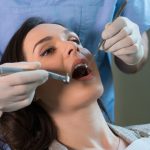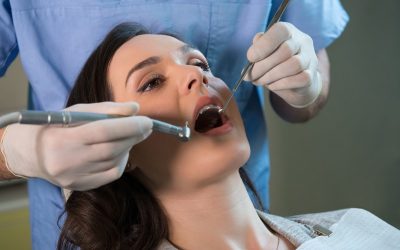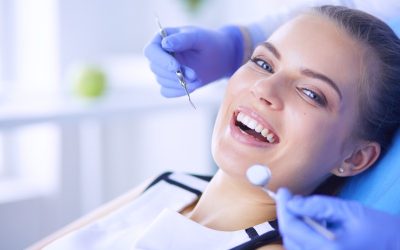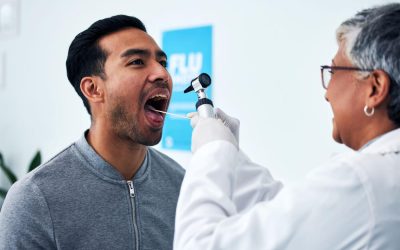Periodontitis or periodontal disease is a widespread disease affecting about 40% of the population, especially in people older than 40 years of age. Periodontitis is also known as “the loose teeth disease”. Symptoms and causes cannot be seen with the naked eye. The disease starts off as inflammation with minimal gum bleeding, along with deepened gingival pockets. If the inflammation is not stopped, it spreads into teeth and jaw bone. Finally, the teeth break off and/or fall out. Usually, this is a slow but progressive disease, but after years of ignoring the signs, people still end up losing most (if not all) of their teeth. Visiting a local Dental Group can help prevent this problem.
Loose teeth
Periodontitis is an adult disease since it usually does not start until people are in their mid-30s. If a young person is suffering from periodontal disease, it can be a particularly aggressive form where it occurs fast and without prejudice (juvenile periodontitis). It requires additional hard work from the patient with regard to oral hygiene, frequent Dental Group visits, and treatment with antibiotics. Women and men have the same frequency but, in women, the condition can become more advanced during pregnancy. The prognosis for periodontal disease depends on whether the patient initiates the right treatment in time and keeps brushing their teeth every day.
Periodontitis treatment
Joint periodontal treatment can only happen with the patient and dentist agreeing on treatment. It can be carried out by a dentist or dental hygienist and consists of tartar and bacterial deposit removal. This nasty gunk is mainly seen on the tooth crown and the root surface in recessed pockets. Proper treatment will cause the bacteria to slide right off the teeth if routine oral hygiene is continued. For example, Colgate has a “Sensitive Multi Protection” toothpaste that is used for both sensitive teeth (pain relief) and to prevent tartar and gum problems.
Advanced periodontal treatment
Advanced periodontal treatment is the treatment of a progressive type of periodontal disease. This procedure can be performed by a dentist or dental hygienist, as either party just needs to perform a routine (but thorough) examination of all teeth in order to determine how advanced the periodontitis is.



